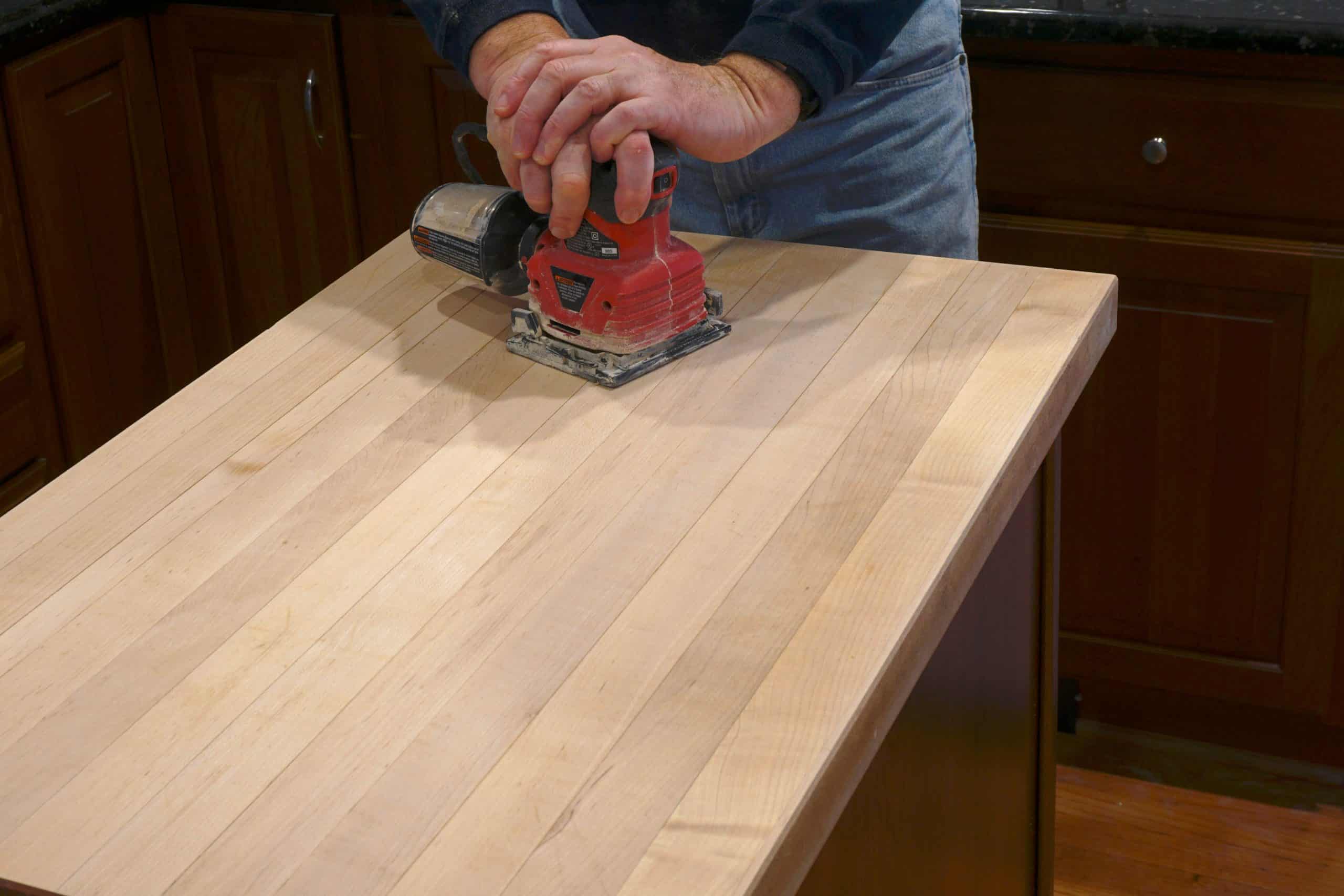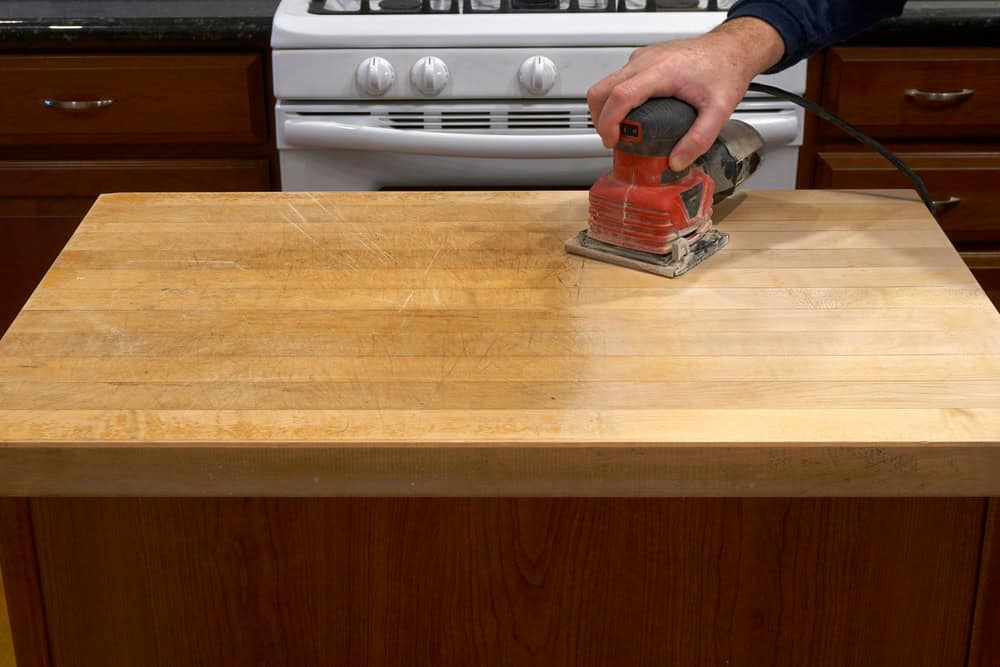Is your kitchen needed for a full makeover? Countertop refinishing in Greenwich Village, NY, is the answer. Bid farewell to those unsightly cuts, spills, nicks, and stains that have marred your surfaces. With Diamond Stone Restoration Corp’s skilled touch, your tired countertops can be reborn into eye-catching features. Ready to give your space a fresh, new vibe?

Hear from Our Customers

Countertop refinishing in Greenwich Village, NY, offers a stylish solution for homeowners seeking a kitchen or bathroom refresh. It’s a cost-effective method to achieve the desired aesthetic without incurring significant expenses. With Diamond Stone Restoration Corp’s know-how, your countertops will not only regain their former beauty but also gain enhanced durability.
Diamond Stone Restoration Corp is a trusted name in New York City for countertop refinishing. We are a team of artisans passionate about transforming surfaces using premium materials that guarantee resilience and elegance. From marble countertop restoration to everyday countertop repair, we approach each project with dedication and precision. Our local presence in Greenwich Village allows us to understand the specific needs of our community, thus guaranteeing your countertops receive the attention they deserve. We use high-grade epoxy resins and specialized pigments to achieve a distinct look. Our team’s training includes advanced techniques for color matching and surface preparation, guaranteeing a professional result.


Ready to get started?
Choosing countertop refinishing in Greenwich Village with Diamond Stone Restoration Corp is a wise decision for homeowners who value both aesthetics and practicality. Our service goes beyond mere surface improvement; it’s about creating spaces that inspire. We understand that your home is like a sanctuary, and we’re determined to help you make it cater to your needs and style. With our scholarly approach and adherence to excellence, we can modify your worn-out countertops into showstoppers. Contact us today for a consultation and discover the potential of your countertops.

In the 16th century, Lenape referred to its farthest northwest corner, by the cove on the Hudson River at present-day Gansevoort Street, as Sapokanikan (“tobacco field”). The land was cleared and turned into pasture by the Dutch and their enslaved Africans, who named their settlement Noortwyck (also spelled Noortwijck, “North district”, equivalent to ‘Northwich/Northwick’). In the 1630s, Governor Wouter van Twiller farmed tobacco on 200 acres (0.81 km2) here at his “Farm in the Woods”. The English conquered the Dutch settlement of New Netherland in 1664, and Greenwich Village developed as a hamlet separate from the larger New York City to the south on land that would eventually become the Financial District. In 1644, the eleven Dutch African settlers in the area were granted half freedoms after the first Black legal protest in America. All received parcels of land in what is now Greenwich Village, in an area that became known as the Land of the Blacks.
The earliest known reference to the village’s name as “Greenwich” dates back to 1696, in the will of Yellis Mandeville of Greenwich; however, the village was not mentioned in the city records until 1713. Sir Peter Warren began accumulating land in 1731 and built a frame house capacious enough to hold sittings of the New York General Assembly when smallpox rendered the city dangerous in 1739 and subsequent years; on one occasion in 1746, the house of Mordecai Gomez was used. Warren’s house, which survived until the Civil War era, overlooked the North River from a bluff; its site on the block bounded by Perry and Charles Streets, Bleecker and West 4th Streets, can still be recognized by its mid-19th century rowhouses inserted into a neighborhood still retaining many houses of the 1830-37 boom.
From 1797 until 1829, the bucolic village of Greenwich was the location of New York State’s first penitentiary, Newgate Prison, on the Hudson River at what is now West 10th Street, near the Christopher Street pier. The building was designed by Joseph-François Mangin, who would later co-design New York City Hall. Although the intention of its first warden, Quaker prison reformer Thomas Eddy, was to provide a rational and humanitarian place for retribution and rehabilitation, the prison soon became an overcrowded and pestilent place, subject to frequent riots by the prisoners which damaged the buildings and killed some inmates. By 1821, the prison, designed for 432 inmates, held 817 instead, a number made possible only by the frequent release of prisoners, sometimes as many as 50 a day. Since the prison was north of the New York City boundary at the time, being sentenced to Newgate became known as being “sent up the river”. This term became popularized once prisoners started being sentenced to Sing Sing Prison, in the town of Ossining upstream of New York City.
Learn more about Greenwich Village.Local Resources
Useful Links
Ready To Restore The Beauty Inside Your Stone?
Contact us today!
Diamond Stone Restorations Corp
Company
Support
Useful Links